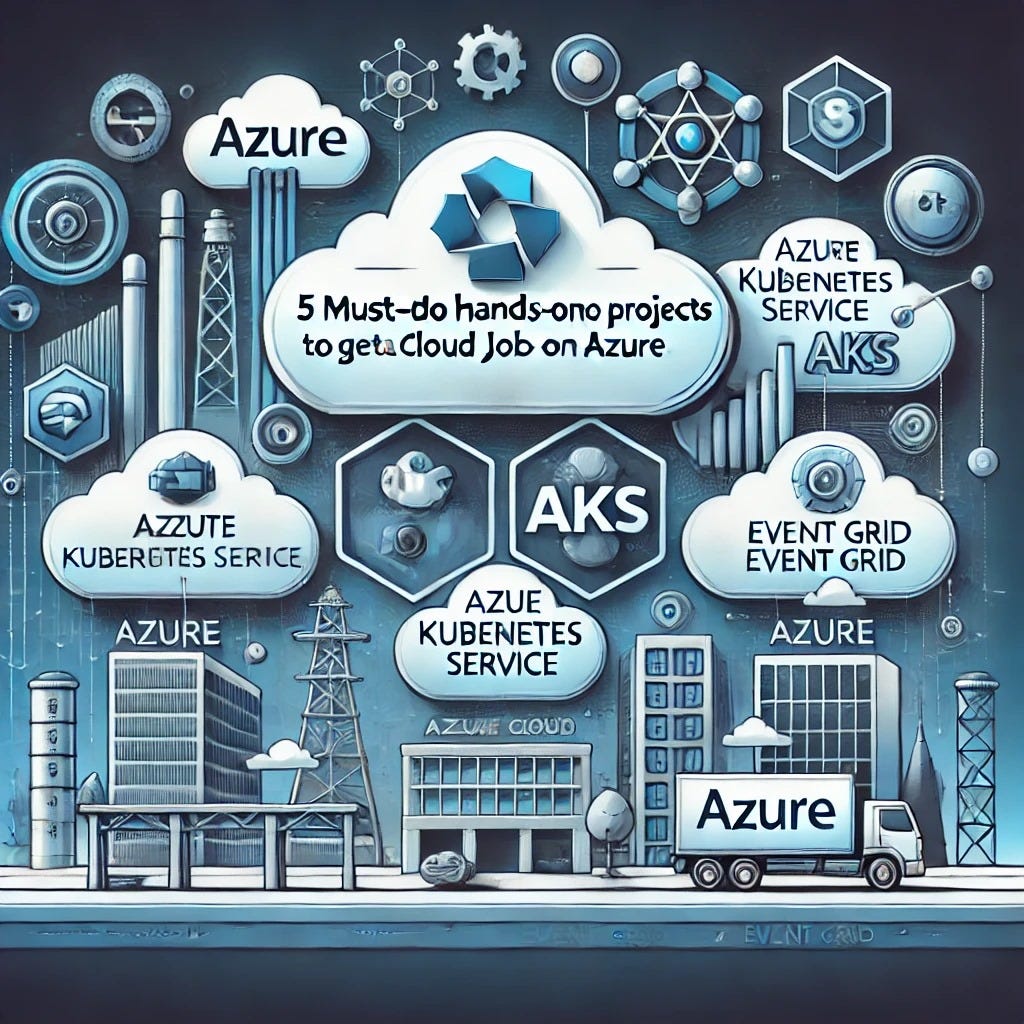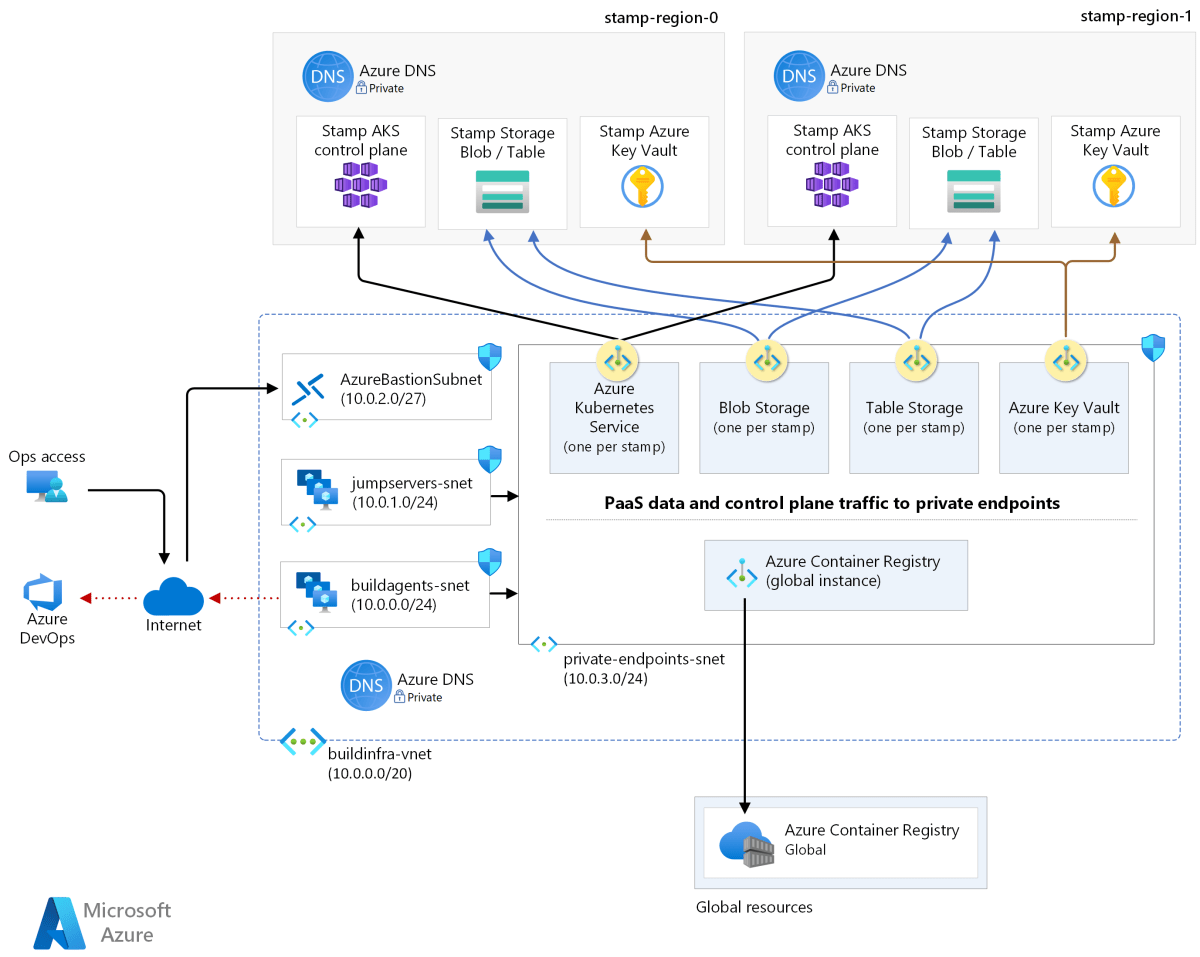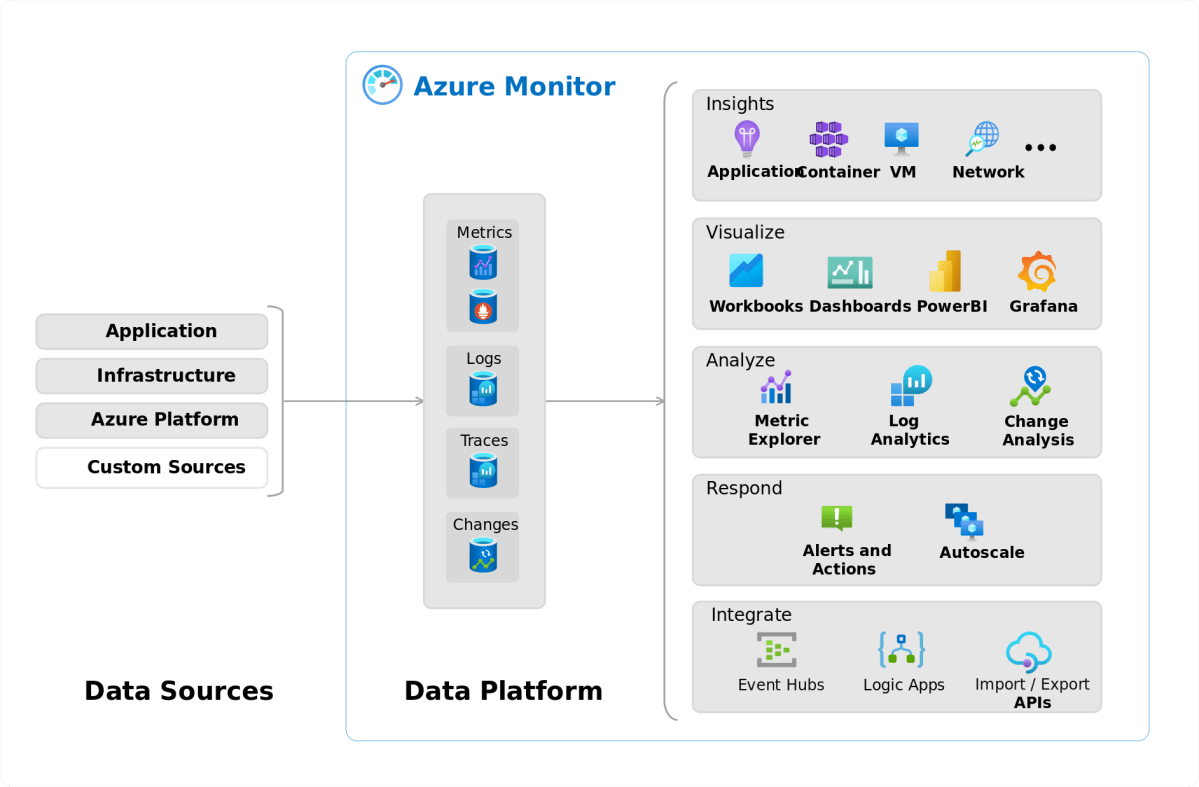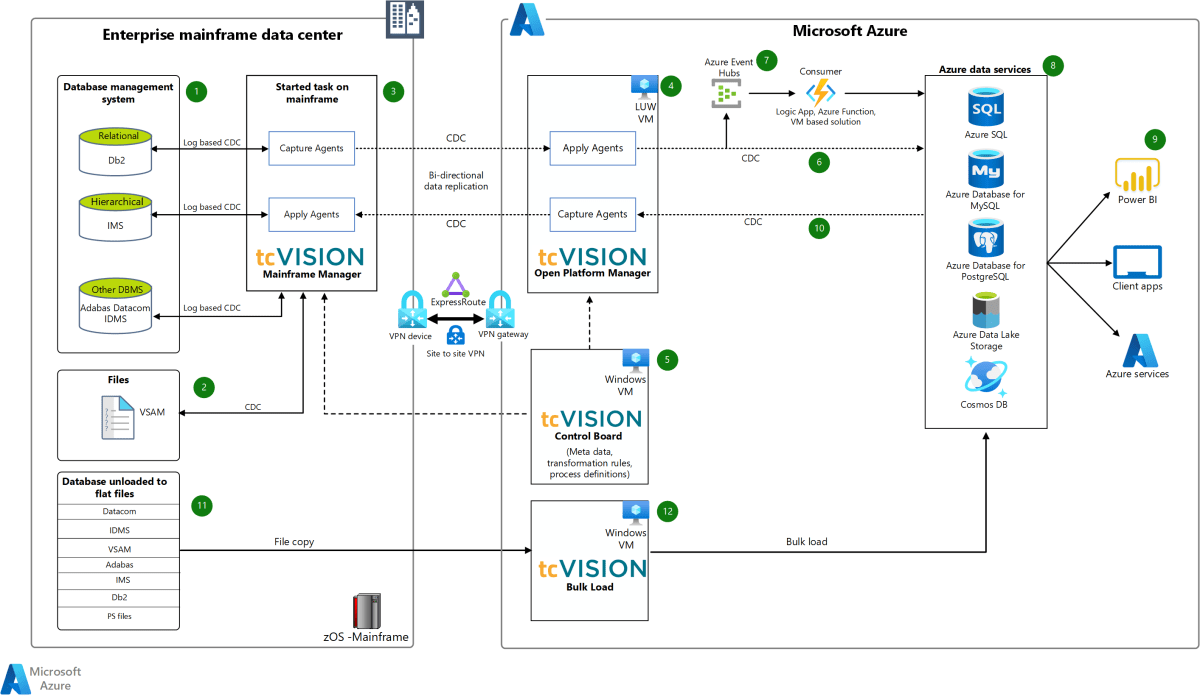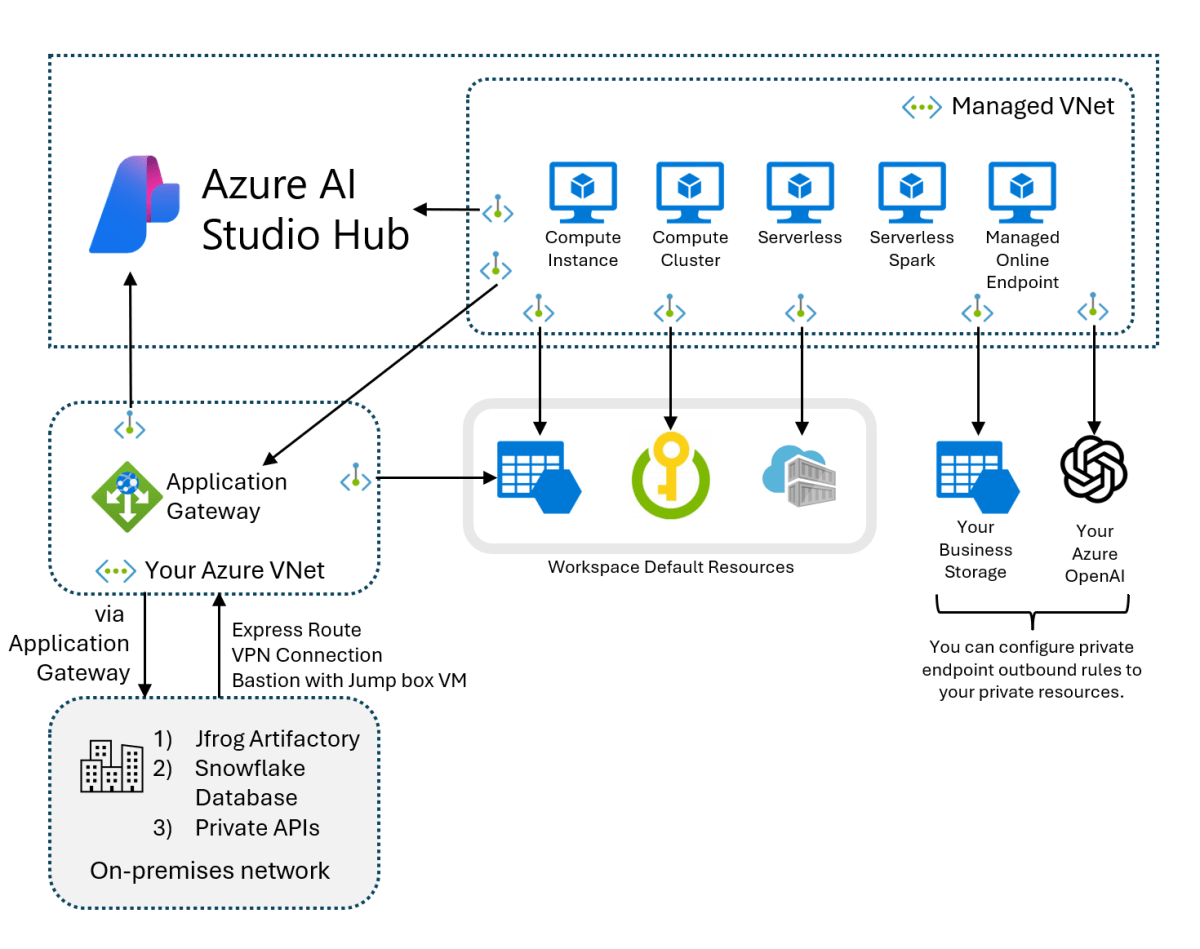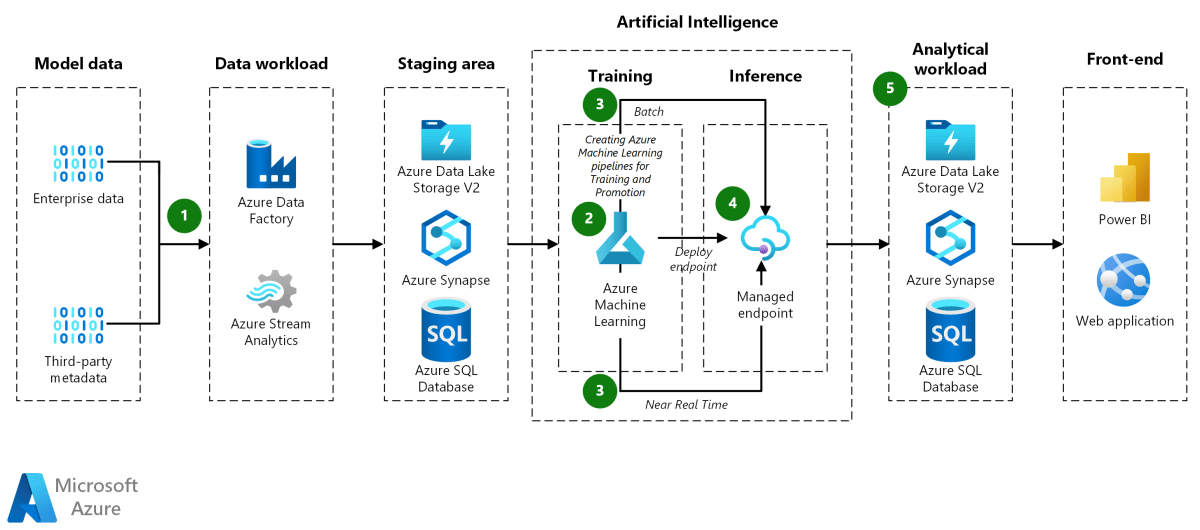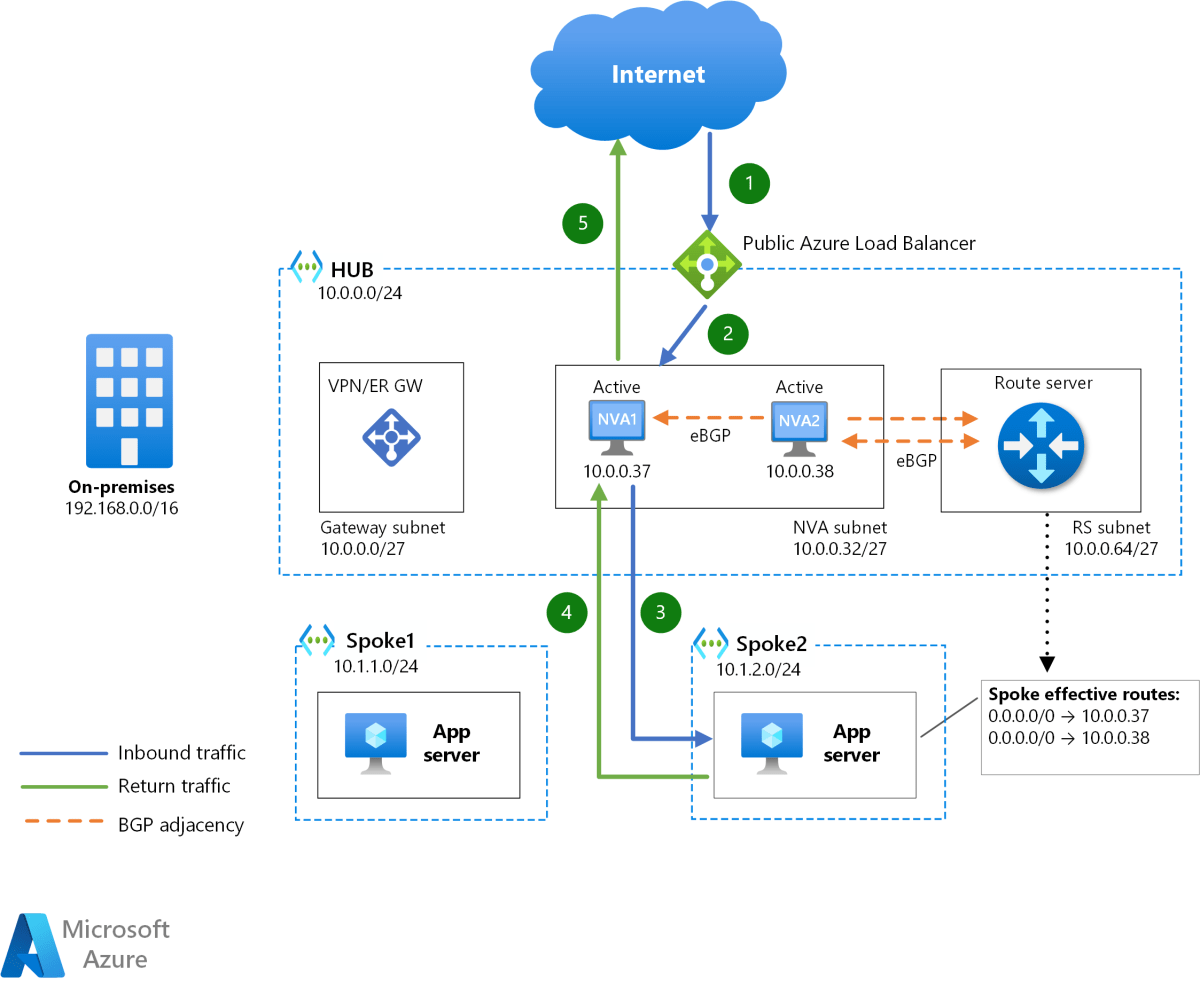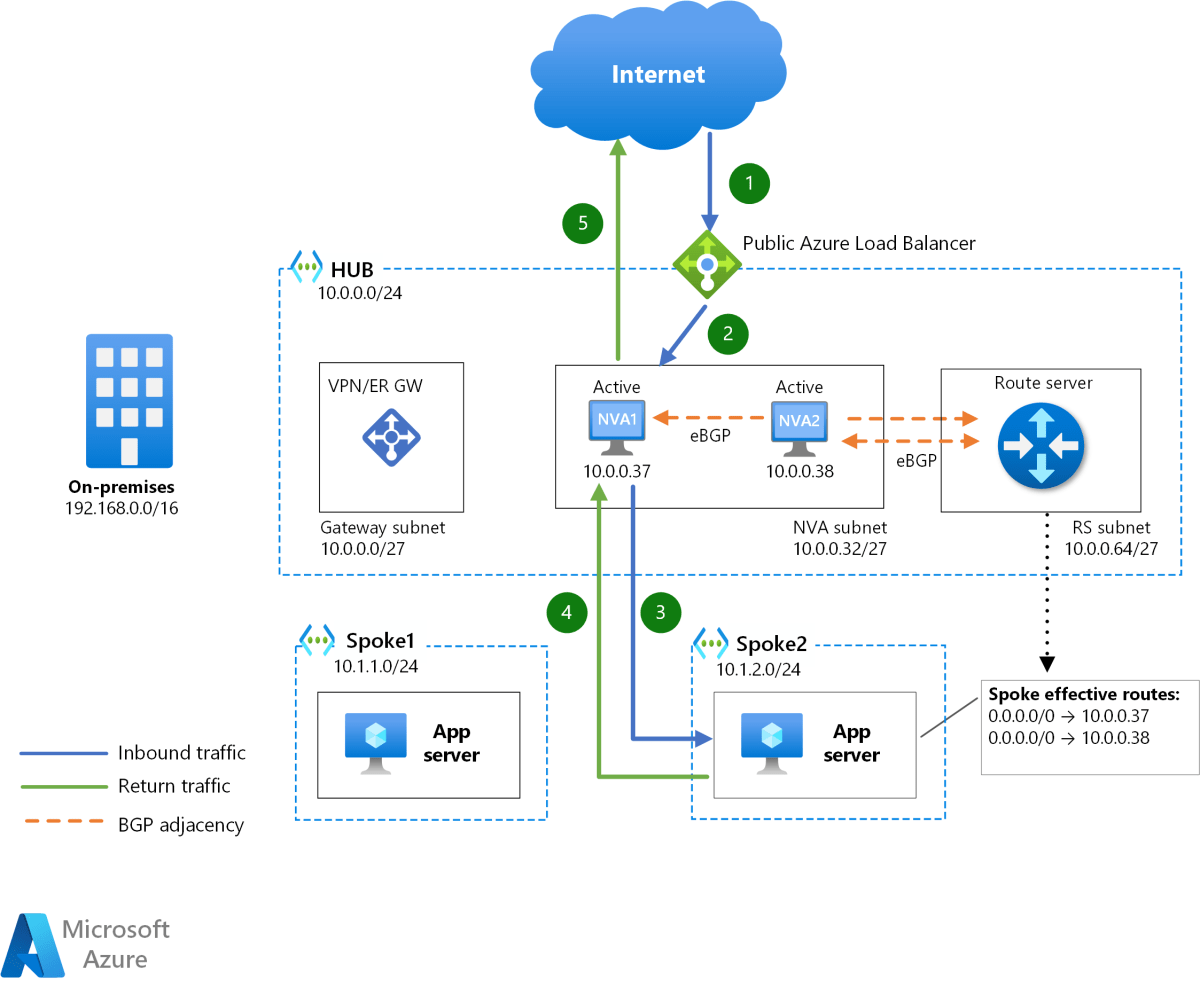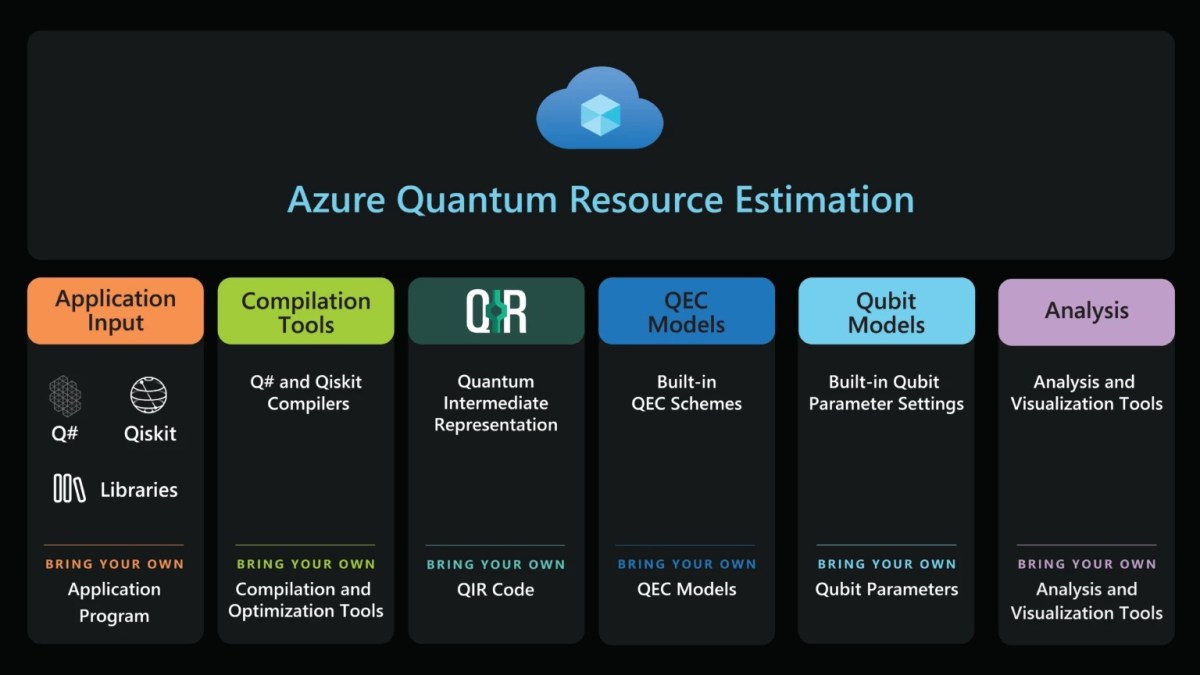Azure Kubernetes Service : 7 Powerful Benefits You Can’t Ignore
Welcome to the future of container orchestration in the cloud. If you’re exploring scalable, secure, and efficient ways to manage containerized applications, Azure Kubernetes Service (AKS) is your ultimate game-changer. Let’s dive into why AKS stands out in the crowded cloud-native landscape.
What Is Azure Kubernetes Service (AKS)?

Azure Kubernetes Service (AKS) is Microsoft’s managed Kubernetes offering on the Azure cloud platform. It simplifies the deployment, management, and scaling of containerized applications using Kubernetes, the world’s most popular open-source container orchestration engine. With AKS, Microsoft handles critical tasks like patching, upgrading, and monitoring the control plane, allowing developers and DevOps teams to focus on building applications instead of managing infrastructure.
Core Components of AKS
Understanding the architecture of AKS is essential to leveraging its full potential. The service is built on several key components that work together seamlessly:
Azure Kubernetes Service (AKS) – Azure Kubernetes Service (AKS) menjadi aspek penting yang dibahas di sini.
Control Plane: Managed entirely by Microsoft, this includes the Kubernetes API server, scheduler, and etcd.You don’t manage or pay for the control plane nodes.Node Pools: These are groups of virtual machines (VMs) that run your containerized workloads.You can have multiple node pools with different VM sizes, OS types, or scaling rules..
Kubelet and Container Runtime: Each node runs kubelet (the Kubernetes agent) and a container runtime like containerd to manage containers.Networking: AKS supports multiple networking models, including Azure CNI (Container Networking Interface) and kubenet, enabling seamless integration with existing Azure virtual networks.How AKS Compares to Self-Managed Kubernetes
Running Kubernetes on your own infrastructure or even on virtual machines in the cloud requires significant operational overhead.You’re responsible for setting up the control plane, securing it, applying patches, managing certificates, and handling upgrades..
In contrast, AKS removes this burden. According to Microsoft’s official documentation, AKS reduces the complexity of Kubernetes operations by automating cluster lifecycle management. This includes automated upgrades, health monitoring, and integrated security features.
Azure Kubernetes Service (AKS) – Azure Kubernetes Service (AKS) menjadi aspek penting yang dibahas di sini.
“AKS makes it simple to deploy a managed Kubernetes cluster in Azure. You pay only for the nodes you deploy, while the control plane is free.” — Microsoft Azure Documentation
Azure Kubernetes Service (AKS): Key Features and Capabilities
Azure Kubernetes Service (AKS) is packed with enterprise-grade features that make it a top choice for organizations adopting cloud-native technologies. From built-in security to seamless integration with Azure services, AKS delivers a robust platform for modern application development.
Automated Kubernetes Upgrades and Patching
One of the standout features of AKS is its support for automated upgrades. Kubernetes evolves rapidly, and staying up-to-date is crucial for security and performance. AKS allows you to define maintenance windows and enables automatic upgrades for both the control plane and node pools.
You can choose between rapid, stable, or patch channels depending on your risk tolerance. For example, the stable channel ensures that upgrades are thoroughly tested before rollout, making it ideal for production environments.
Azure Kubernetes Service (AKS) – Azure Kubernetes Service (AKS) menjadi aspek penting yang dibahas di sini.
Integrated Monitoring and Logging with Azure Monitor
Visibility into your cluster’s performance is critical. AKS integrates natively with Azure Monitor for Containers, providing deep insights into resource utilization, pod health, and application performance.
With pre-built dashboards and custom alerting, you can detect issues before they impact users. Logs are collected via Log Analytics, enabling powerful querying with Kusto (KQL) for troubleshooting and auditing.
Role-Based Access Control (RBAC) and Azure AD Integration
Security is baked into AKS from the ground up. It supports Kubernetes RBAC combined with Azure Active Directory (Azure AD) for identity management. This means you can use your existing corporate identities to control access to Kubernetes resources.
Azure Kubernetes Service (AKS) – Azure Kubernetes Service (AKS) menjadi aspek penting yang dibahas di sini.
For example, you can assign Azure roles like AKS Cluster Admin or AKS Cluster User, which map to Kubernetes cluster roles. This integration simplifies compliance and reduces the risk of credential sprawl.
Why Choose Azure Kubernetes Service (AKS) Over Competitors?
While Amazon EKS and Google GKE are strong contenders, Azure Kubernetes Service (AKS) offers unique advantages, especially for organizations already invested in the Microsoft ecosystem.
Seamless Integration with Azure Services
AKS is deeply integrated with services like Azure DevOps, Azure Container Registry (ACR), Application Gateway, and Azure Database for PostgreSQL/MySQL. This tight coupling reduces configuration overhead and accelerates CI/CD pipelines.
Azure Kubernetes Service (AKS) – Azure Kubernetes Service (AKS) menjadi aspek penting yang dibahas di sini.
For instance, you can trigger a deployment in AKS directly from a new image push to ACR using webhooks or Azure Pipelines. This end-to-end automation is a major productivity booster.
Hybrid and Multi-Cloud Flexibility with Azure Arc
Not all workloads can or should run in the public cloud. AKS pairs perfectly with Azure Arc, which extends AKS control plane capabilities to on-premises and multi-cloud environments.
This means you can manage Kubernetes clusters running in AWS, GCP, or your data center using the same tools and policies as your AKS clusters. It’s a game-changer for enterprises with hybrid cloud strategies.
Azure Kubernetes Service (AKS) – Azure Kubernetes Service (AKS) menjadi aspek penting yang dibahas di sini.
Cost Efficiency and Pricing Model
AKS is free to run the control plane—Microsoft only charges for the underlying VMs, load balancers, and storage you consume. This is a significant cost advantage over competitors who charge for control plane usage.
Additionally, Azure offers Reserved Instances and Spot VMs for node pools, allowing you to reduce costs by up to 90% for non-critical workloads. The Azure Pricing Calculator helps estimate monthly costs based on your configuration.
Setting Up Your First Azure Kubernetes Service (AKS) Cluster
Getting started with AKS is straightforward, whether you prefer the Azure Portal, CLI, or Infrastructure as Code (IaC) tools like Terraform or Bicep.
Azure Kubernetes Service (AKS) – Azure Kubernetes Service (AKS) menjadi aspek penting yang dibahas di sini.
Using Azure CLI to Deploy AKS
The Azure CLI is one of the fastest ways to create an AKS cluster. Here’s a basic example:
az group create --name myResourceGroup --location eastus
az aks create --resource-group myResourceGroup --name myAKSCluster --node-count 2 --enable-addons monitoring --generate-ssh-keys
az aks get-credentials --resource-group myResourceGroup --name myAKSCluster
This creates a two-node cluster with monitoring enabled and downloads the kubeconfig file for use with kubectl.
Deploying Applications with Helm and YAML
Once your cluster is up, you can deploy applications using standard Kubernetes manifests or Helm charts. Helm, the package manager for Kubernetes, simplifies complex deployments.
Azure Kubernetes Service (AKS) – Azure Kubernetes Service (AKS) menjadi aspek penting yang dibahas di sini.
For example, to deploy Nginx using a YAML file:
kubectl apply -f deployment.yaml
Or using Helm:
helm repo add nginx-stable https://helm.nginx.com/stable
helm install my-nginx nginx-stable/nginx
Securing Your Cluster with Network Policies
By default, all pods in AKS can communicate with each other. To enforce security, use network policies with Azure CNI or Calico.
Azure Kubernetes Service (AKS) – Azure Kubernetes Service (AKS) menjadi aspek penting yang dibahas di sini.
For example, you can create a policy that only allows traffic from a specific namespace or blocks external access to backend services. This principle of least privilege is essential for zero-trust architectures.
Scaling and Performance Optimization in Azure Kubernetes Service (AKS)
One of AKS’s greatest strengths is its ability to scale dynamically based on demand. Whether you’re handling seasonal traffic spikes or growing user bases, AKS has the tools to keep your applications responsive.
Horizontal Pod Autoscaler (HPA)
The HPA automatically adjusts the number of pod replicas based on CPU or memory usage. You can also use custom metrics from Azure Monitor or Prometheus.
Azure Kubernetes Service (AKS) – Azure Kubernetes Service (AKS) menjadi aspek penting yang dibahas di sini.
Example configuration:
apiVersion: autoscaling/v2
kind: HorizontalPodAutoscaler
metadata:
name: nginx-hpa
spec:
scaleTargetRef:
apiVersion: apps/v1
kind: Deployment
name: nginx-deployment
minReplicas: 2
maxReplicas: 10
metrics:
- type: Resource
resource:
name: cpu
target:
type: Utilization
averageUtilization: 70
Cluster Autoscaler
The Cluster Autoscaler adds or removes nodes based on pending pods. If a pod can’t be scheduled due to resource constraints, AKS automatically provisions a new node.
This works in tandem with node pools and respects taints, tolerations, and labels. It’s especially useful for batch jobs or unpredictable workloads.
Azure Kubernetes Service (AKS) – Azure Kubernetes Service (AKS) menjadi aspek penting yang dibahas di sini.
Virtual Nodes for Instant Scaling
AKS supports virtual nodes, which leverage Azure Container Instances (ACI) to run pods without provisioning VMs. This allows near-instant scaling for bursty workloads.
While virtual nodes are not suitable for all applications (e.g., no persistent storage), they’re perfect for event-driven processing, CI/CD jobs, or temporary tasks.
Security and Compliance in Azure Kubernetes Service (AKS)
In today’s threat landscape, security can’t be an afterthought. AKS provides multiple layers of protection to safeguard your clusters and applications.
Azure Kubernetes Service (AKS) – Azure Kubernetes Service (AKS) menjadi aspek penting yang dibahas di sini.
Managed Identity and Least Privilege Access
AKS supports both system-assigned and user-assigned managed identities, eliminating the need to manage service principal credentials. Managed identities automatically handle authentication to other Azure services like Key Vault or Storage.
This reduces the risk of leaked secrets and aligns with zero-trust principles.
Image Security with Azure Container Registry and Azure Policy
You can enforce image signing and scanning policies using Azure Policy for AKS. For example, you can block deployments of images that haven’t been scanned for vulnerabilities or aren’t from approved registries.
Azure Kubernetes Service (AKS) – Azure Kubernetes Service (AKS) menjadi aspek penting yang dibahas di sini.
Integrating with tools like Trivy or Aqua Security enhances this further, providing runtime protection and compliance checks.
Network Security and Private Clusters
AKS allows you to create private clusters, where the API server has no public endpoint. Instead, it’s accessible only from within your virtual network or via private endpoints.
This is critical for regulated industries like finance or healthcare. Combined with Azure Firewall or Network Security Groups (NSGs), you can build a highly secure network topology.
Azure Kubernetes Service (AKS) – Azure Kubernetes Service (AKS) menjadi aspek penting yang dibahas di sini.
Real-World Use Cases of Azure Kubernetes Service (AKS)
AKS is not just for tech giants. Organizations across industries use it to modernize applications, improve scalability, and accelerate innovation.
Migrating Monolithic Applications to Microservices
Many enterprises are breaking down legacy monoliths into microservices. AKS provides the ideal platform for this transformation, offering service discovery, load balancing, and self-healing capabilities.
For example, a retail company might migrate its order processing system to AKS, deploying each component (cart, payment, inventory) as a separate service with independent scaling.
Azure Kubernetes Service (AKS) – Azure Kubernetes Service (AKS) menjadi aspek penting yang dibahas di sini.
Running AI/ML Workloads on AKS
AKS supports GPU-enabled node pools, making it suitable for machine learning training and inference. Data scientists can use Kubernetes to manage Jupyter notebooks, TensorFlow jobs, or real-time prediction APIs.
Integration with Azure Machine Learning allows automated model deployment directly to AKS, streamlining MLOps workflows.
CI/CD Pipelines with Azure DevOps and GitHub Actions
AKS integrates seamlessly with CI/CD tools. Using Azure Pipelines or GitHub Actions, you can automate testing, image building, and deployment to AKS with rollback capabilities.
Azure Kubernetes Service (AKS) – Azure Kubernetes Service (AKS) menjadi aspek penting yang dibahas di sini.
This enables GitOps practices, where the desired state of the cluster is version-controlled and automatically reconciled.
Troubleshooting and Best Practices for Azure Kubernetes Service (AKS)
Even with managed services, issues can arise. Knowing how to diagnose and resolve common problems is crucial for maintaining uptime and performance.
Common AKS Issues and How to Fix Them
Some frequent challenges include:
Azure Kubernetes Service (AKS) – Azure Kubernetes Service (AKS) menjadi aspek penting yang dibahas di sini.
- Pods stuck in Pending state: Usually due to insufficient resources. Check node availability and consider enabling the Cluster Autoscaler.
- API server unreachable: In private clusters, ensure DNS resolution and private endpoint configuration are correct.
- Image pull errors: Verify ACR integration and permissions. Use managed identities to avoid credential issues.
Performance Monitoring and Optimization Tips
Regularly review metrics from Azure Monitor. Set up alerts for high CPU, memory pressure, or disk I/O. Use kubectl top nodes and kubectl top pods to identify resource hogs.
Optimize pod density by right-sizing requests and limits. Avoid over-provisioning, which wastes money, or under-provisioning, which causes throttling.
Backup and Disaster Recovery Strategies
Use Azure Backup for AKS to automate cluster backups, including persistent volumes and cluster state.
Azure Kubernetes Service (AKS) – Azure Kubernetes Service (AKS) menjadi aspek penting yang dibahas di sini.
Define recovery point objectives (RPO) and recovery time objectives (RTO) based on your SLAs. Test restores regularly to ensure data integrity.
What is Azure Kubernetes Service (AKS)?
Azure Kubernetes Service (AKS) is a managed container orchestration service provided by Microsoft Azure. It simplifies deploying, managing, and scaling containerized applications using Kubernetes, with Microsoft handling the control plane management.
Azure Kubernetes Service (AKS) – Azure Kubernetes Service (AKS) menjadi aspek penting yang dibahas di sini.
How much does AKS cost?
AKS itself is free—the control plane is provided at no cost. You only pay for the underlying infrastructure, such as VMs, load balancers, and storage. Additional services like monitoring or backup may incur separate charges.
Can I run AKS on-premises?
Azure Kubernetes Service (AKS) – Azure Kubernetes Service (AKS) menjadi aspek penting yang dibahas di sini.
While AKS runs in Azure, you can extend its management capabilities to on-premises environments using Azure Arc. This allows unified governance across hybrid and multi-cloud Kubernetes clusters.
How do I secure my AKS cluster?
Secure AKS by enabling Azure AD integration, using managed identities, enforcing network policies, enabling private clusters, and scanning container images for vulnerabilities. Regularly apply updates and follow the principle of least privilege.
Azure Kubernetes Service (AKS) – Azure Kubernetes Service (AKS) menjadi aspek penting yang dibahas di sini.
What is the difference between AKS and Azure Container Instances (ACI)?
AKS is for managing Kubernetes clusters and complex microservices, while ACI is for running individual containers without managing servers. ACI is simpler and faster to start but lacks orchestration features. They can be used together via virtual nodes in AKS.
Azure Kubernetes Service (AKS) is more than just a managed Kubernetes platform—it’s a gateway to cloud-native innovation. With its powerful automation, deep Azure integration, robust security, and flexible pricing, AKS empowers teams to build, deploy, and scale applications with confidence. Whether you’re modernizing legacy systems, running AI workloads, or building microservices, AKS provides the foundation you need. By following best practices in security, monitoring, and CI/CD, you can unlock the full potential of Kubernetes without the operational burden. The future of application development is here, and it runs on AKS.
Azure Kubernetes Service (AKS) – Azure Kubernetes Service (AKS) menjadi aspek penting yang dibahas di sini.
Recommended for you 👇
Further Reading:
